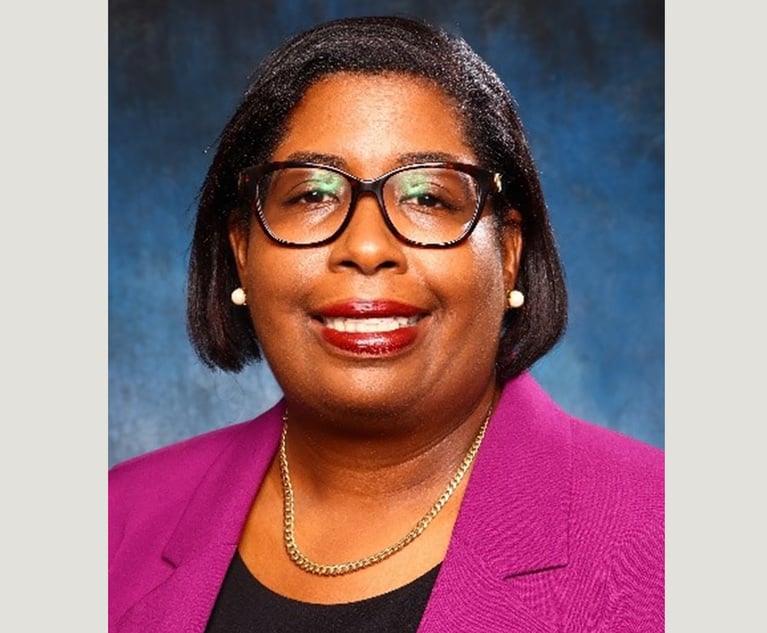In the law, systems for early resolution are helpful. One such system is the voluntary binding medical malpractice arbitration process. This process comes about by election of the parties—it is voluntary. It is a product of statutes enacted in 1988 and it was revitalized in 2019 when it withstood constitutional challenge for the third time. The mechanics of the statute are such that when one party submits to this process before a lawsuit is filed, then caps on damages are limited, whether or not the other side agrees to arbitration. Caps on damages, once they arise, translate into a more predictable outcome than when there are no caps. When there are no caps, general damages potentials cannot be estimated in advance without a great deal of speculation. Once damages are capped, there is less speculation and a great deal more certainty about case value. In many instances, this certainty leads to earlier resolution of medical malpractice cases.
The voluntary binding medical malpractice arbitration process entails multiple steps. It is a detailed process that cannot be covered without an extensive discussion. However, it can be summarized as follows: the first step is a decision, by one party or the other, to submit to voluntary binding medical malpractice arbitration by timely notifying the other side of this decision. Later, if the parties agree to elect voluntary binding arbitration, they must submit a petition for VBA with the Florida Division of Administrative Hearings. This begins the arbitration process in earnest. Soon after this, a three-member arbitration panel is selected and the arbitration is scheduled. Prior to the arbitration, there is an exchange of case information between the parties, but this exchange is streamlined and more limited than the exchange that happens during the general discovery process that apply outside of arbitration.


 Tullio E. Iacono partner with Hall Booth Smith. Courtesy photo
Tullio E. Iacono partner with Hall Booth Smith. Courtesy photo




